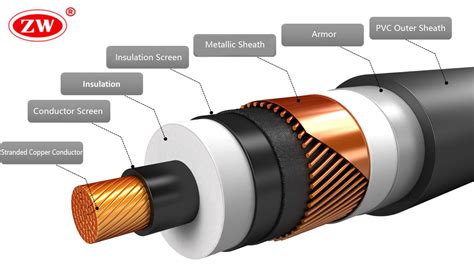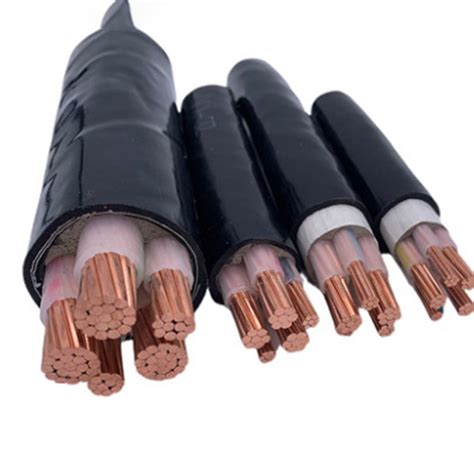hv lv cables | cable insulation types chart hv lv cables High voltage cable is a specialized electrical cable used to carry electricity at elevated voltage levels than normal cables while ensuring safety, reliability, and efficient transmission.
First step: Equipment. Your equipment SUCKS, and the enemy equipment scales with their level, which means it scales with YOUR level. Thankfully, there is a way to rectify this. STEALING! you're going to want to take anyone with fully kitted out Thief skills and make sure they have Steal equipped.
0 · types of hv cables
1 · hv electrical cables
2 · hv cable specifications
3 · hv cable size chart
4 · hv cable meaning
5 · hv cable data sheet
6 · hv cable catalogue
7 · cable insulation types chart
The item level listed below will outline what item level is required to max out both substats on gear for the fight. All gear above the specified item level will work: Item level 470; With that being said, the biggest difference that can be made to your gear set will be equipping a Shadowbringers Relic weapon.
In this post, we will learn some basic differences between two widely used electrical cables – .PVC, XLPE, rubber, and control cables are commonly used for LV applications, while XLPE, oil-filled, and gas-insulated cables are used for HV applications. Understanding the different types of LV and HV cables is critical in selecting the right cable for a specific application. The primary distinction between high-voltage (HV) and low-voltage (LV) cables lies in their construction and insulation properties. High-voltage cables are designed with multiple semiconductor and shielding layers, which significantly exceed the .In this post, we will learn some basic differences between two widely used electrical cables – HV (High Voltage) and LV (Low Voltage).
A high-voltage cable (HV cable), sometimes called a high-tension cable (HT cable), is a cable used for electric power transmission at high voltage. A cable includes a conductor and insulation. Cables are considered to be fully insulated.
High voltage cable is a specialized electrical cable used to carry electricity at elevated voltage levels than normal cables while ensuring safety, reliability, and efficient transmission.High Voltage (HV): between 45 kV and 230 kV. Extra High Voltage (EHV): from 230 kV and above. As a general rule, LV cables might be used in applications like fixed wiring; MV cables are critical power distribution (both for local grid power and for heavy-duty equipment); HV cables are aerial cables - overhead line for widescale power . We started out with developing – at the time – highly innovative low voltage cables (LV) during the second industrial revolution. Our cables supported the transition from steam and waterpower to electricity and helped build the basis for modern convenient life as we know it.
In a low-voltage (LV) plastic-sheathed cable with conductor cross-sections of up to 10 mm2 per conductor or in high-voltage (HV) cables (Figure 2), the lion’s share of the cross-sectional area is occupied by the insulating material.
Cables work on voltage levels. They are selected depending upon the voltage that will be passed through wires. In this post, we will see some basic differences between two widely used cables - HV (High Voltage) and LV (Low Voltage). Both these cables use copper and aluminium as conductor alloys. An HV power distribution system simply means a high voltage distribution system while an LV is a low voltage or tension power distribution system. LV power supply can be around 230 Volts for a single-phase connection and 400 Volts for a three-phase connection.PVC, XLPE, rubber, and control cables are commonly used for LV applications, while XLPE, oil-filled, and gas-insulated cables are used for HV applications. Understanding the different types of LV and HV cables is critical in selecting the right cable for a specific application. The primary distinction between high-voltage (HV) and low-voltage (LV) cables lies in their construction and insulation properties. High-voltage cables are designed with multiple semiconductor and shielding layers, which significantly exceed the .
In this post, we will learn some basic differences between two widely used electrical cables – HV (High Voltage) and LV (Low Voltage).A high-voltage cable (HV cable), sometimes called a high-tension cable (HT cable), is a cable used for electric power transmission at high voltage. A cable includes a conductor and insulation. Cables are considered to be fully insulated. High voltage cable is a specialized electrical cable used to carry electricity at elevated voltage levels than normal cables while ensuring safety, reliability, and efficient transmission.High Voltage (HV): between 45 kV and 230 kV. Extra High Voltage (EHV): from 230 kV and above. As a general rule, LV cables might be used in applications like fixed wiring; MV cables are critical power distribution (both for local grid power and for heavy-duty equipment); HV cables are aerial cables - overhead line for widescale power .
We started out with developing – at the time – highly innovative low voltage cables (LV) during the second industrial revolution. Our cables supported the transition from steam and waterpower to electricity and helped build the basis for modern convenient life as we know it.
types of hv cables
hv electrical cables


In a low-voltage (LV) plastic-sheathed cable with conductor cross-sections of up to 10 mm2 per conductor or in high-voltage (HV) cables (Figure 2), the lion’s share of the cross-sectional area is occupied by the insulating material.
Cables work on voltage levels. They are selected depending upon the voltage that will be passed through wires. In this post, we will see some basic differences between two widely used cables - HV (High Voltage) and LV (Low Voltage). Both these cables use copper and aluminium as conductor alloys.

hv cable specifications
hv cable size chart
Level 2 Key Sphere 1. Removes a Level 2 Lock on the Sphere Grid 2. Customization: Piercing: 1x Level 2 Key Sphere 3. Aeon Ability: Armor Break: 2x Level 2 Key Sphere.
hv lv cables|cable insulation types chart


























